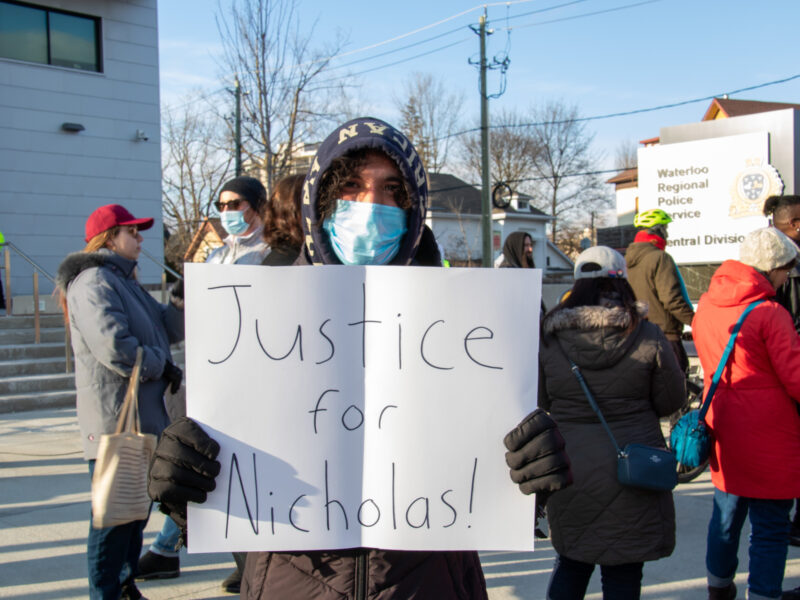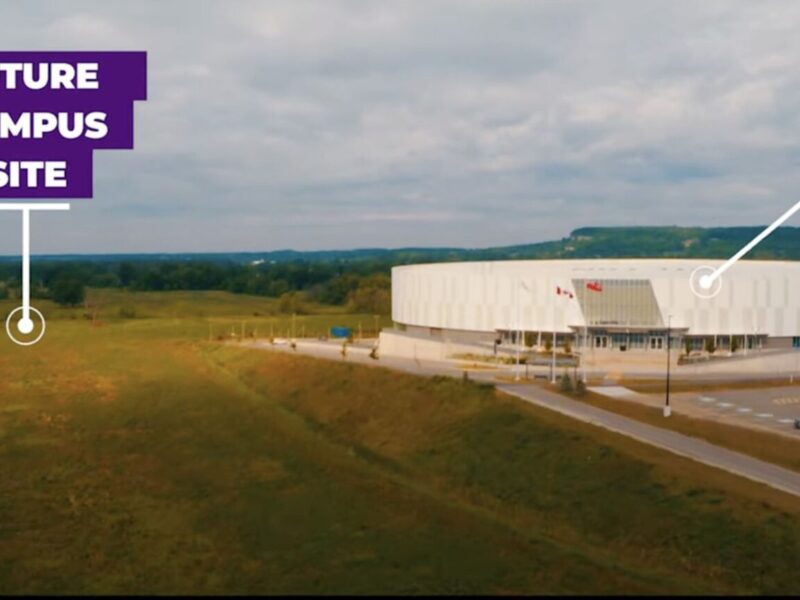When discussing any type of politics, boundaries are always part of that discussion. Whether it be municipal, regional, provincial, or national, lines on a map divide us into segregated regions. The 2016 Bay Area Economic Summit instead focused on how the economies of the world know no boundaries, and instead mesh between the regions that politics often separates.
While Brantford was not the specific focus of the Summit it was mentioned and is part of the Golden Horseshoe area that the Summit addressed more than a few times. The Burlington Chamber of Commerce and the Hamilton Chamber of Commerce organized the event on June 21 to bring together the leaders of innovation and progress at second annual Bay Area Economic Summit. The goal was to foster a discussion about the future of the Bay Area and the Golden Horseshoe and its future within the broader economy of Ontario and the world.
Earlier this year in April it was announced that there would be the addition of a GO Transit bus route from Burlington’s Alder- shot station to Brantford. By connecting these two cities allows more transit options when travel- ling between cities. The hope of this route is to boost the economies of both cities, which have their own strengths that can now be accessed more easily.
The event spanned the entire day and had plenty of talent in attendance. With speakers such as the local MP and MPP from both Hamilton and Burlington, as well as the mayors of both cities, there was a meaningful discussion about the goals of the municipalities as a partnership. There were other speakers such as Steve Beatty, the Partner & Head of Global Infrastructure at KPMG, who spoke about ‘magnet cities’, which are cities that either repel or attract people. This type of discussion can be applied to any city around the world, but the Bay Area wants to become a leader in attracting businesses and residents to the area.
The event displayed that municipal governments are stepping up to become leaders at improving the economies and livability of their cities in a more focused way than the provincial and federal government can. A common theme throughout the summit was the topic of partnership, and how areas around Ontario should work together to become one working economy that accomplishes goals together. Burlington Mayor Rick Goldring mentioned that 35,000 people commuting between the cities for employment is one example that the two cities are in fact one community with similar needs. This is in contrast to previous ways that cities and regions around Ontario have worked for decades. In the past each area fights for the attention of the higher levels of government for funding, policy change, and improvement of their community. Working together, the politicians and private business owners feel that they can make larger, more efficient changes and improvements to areas that are falling behind. Hamilton and Burlington feel that they can complement each other, rather than fight each other for cultural and economic superiority.
When discussing any political matter, many are often quick to judge an event like this as all talk, and no actual benefit to the community. That is why its important that both the private and public sector made achievable promises at the event. The keynote speakers Dino Trevisani, the President of IBM Canada, and Ontario’s Premier, Kathleen Wynne, both made promises toward the improvement of not only the Bay Area and the Golden Horseshoe, but all of Ontario and its communities. Wynne promised the Ontario government will work with the municipalities represented at the event, as well as others to implement changes that will benefit the economies and communities of the area. Wynne spoke of her plan to increase jobs by making smart investments in areas like the Bay Area with fund- ing for projects like the proposed LRT and improved assistance for post-secondary tuition. Wynne also spoke about the Canadian Pension Plan (CPP) deal which she noted was a significant win for Ontario as the province no longer needs the Ontario Retire- ment Pension Plan (ORPP) that was being developed.




